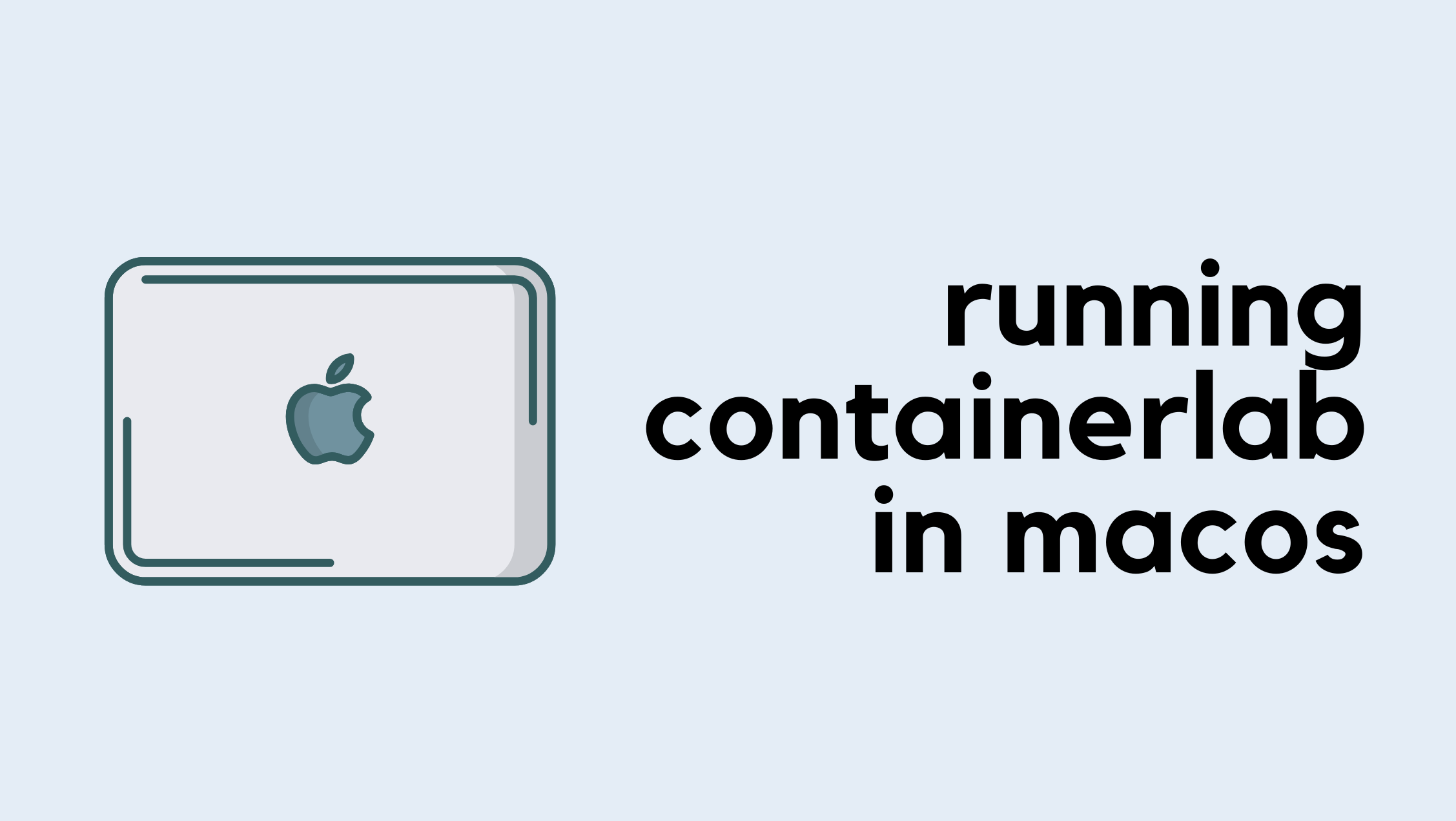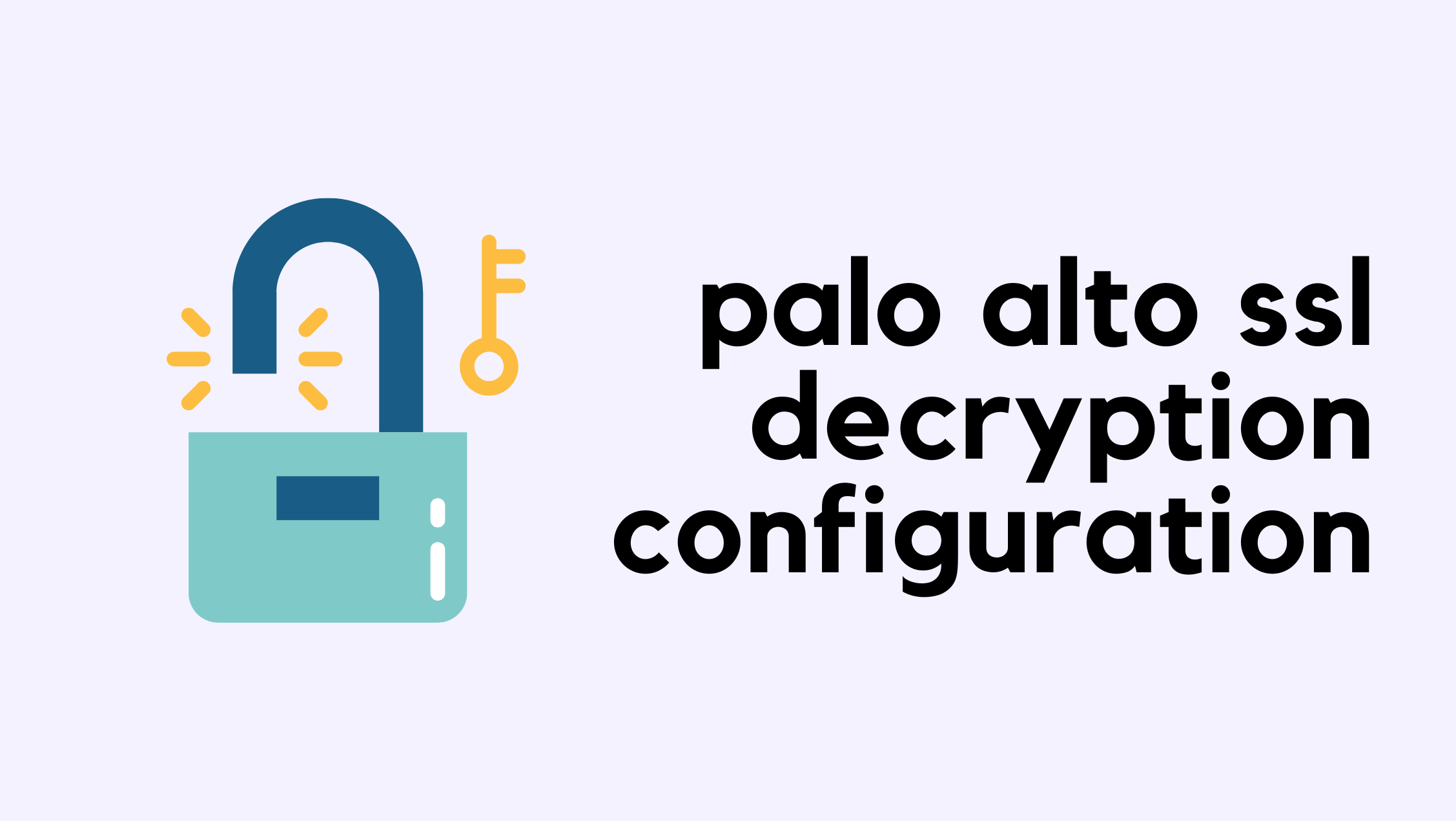Deepseek-r1 – reasoning and Chain of thought – Network Engineers
https://www.deepseek.com/ – DeepSeek has taken the AI world by storm. Their new reasoning model, which is open source, achieves results comparable to OpenAI’s O1 model but at a fraction of the cost. Many AI companies are now studying DeepSeek’s white paper to understand how they achieved this.
This post analyses reasoning capabilities from a Network Engineer’s perspective, using a simple BGP message scenario. Whether you’re new to networking or looking to refresh your reasoning skills for building networking code, DeepSeek’s model is worth exploring. The model is highly accessible – it can run on Google Colab or even a decent GPU/MacBook, thanks to DeepSeek’s focus on efficiency.
For newcomers: The model is accessed through a local endpoint, with queries and responses handled through a Python program. Think of it as a programmatic way to interact with a chat interface.
Code block
Simple code. One function block has prompt set to LLM to be a expert Network engineer. We are more interested in the thought process. The output of the block is a sample BGP output from a industry standard device, nothing fancy here.
import requests
import json
def analyze_bgp_output(device_output: str) -> str:
url = "<http://localhost:11434/api/chat>"
# Craft prompt Continue reading



